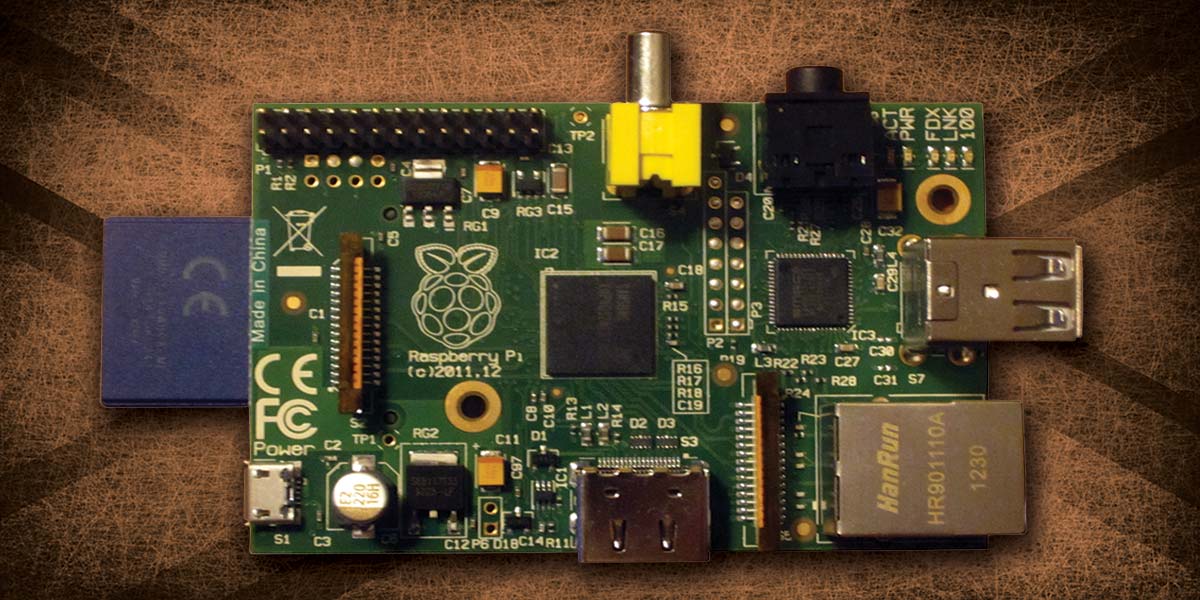

Add your earlier generated public key to this file.

Check if the file ~/.ssh/authorized_keys exists, create it if not.I strongly recommend creating a new user on your remote server, without any rights or permissions, so in case the access is somehow compromised, this user cant do anything wrong on your server. In this step, we configure our your server to accept the earlier generated public-key for passwordless access. You will need a remote server (which should be accessible from the internet for our purpose). In this example this is: ssh-rsa AAAAB3NzaC1yc2EAAAADAQABAAACAQDZZ9V6nb+on+nuaAU1MLPPEGm+tv6RP6if3oUQx9bFNBjMuPpytjNUjhX/CZXcIf6IB+K52SYZzNL18ADBTr0oJb4Aog70QU/+LDzX3ljxGTnZBKLBgM+CsOhUgBYw5tpiSTWlBhedKd48xXvhmJ959+2md/x1qNVWXwecNrHUHquWz3CJYcUtY9A4V4PaWz7nFpcGxyWRJaMU+iHexb3Jyf7Cly/EvPxITJ9KE2CbQoRlONF3JYXkgwrjYCa91EXTYOV/S5UR2j9y8FjlYAzmGZqDMQ0G/PzIiYSC7nprl96OdzEVNXHo6NYusRfypDWhkOQi1OEnX0MusVb4Ax34UD/Yt92Kt5zBTFJ+IZJxw5izDbdBSHfngH2orwxFgF+iFAxWmLi6d71B8JdXj/72lTtUmyu4qJBOlN8RMEZOWxmrrnJZutCHZzYqeAYnN6C6rpVpGmUZKyD/FhP1YJB2gcqg87TdH0abjgbRO59g7u7zzFEG4JZeHqzSiDeh6SwWK1VWWn/9iBE3mWvZNpQUIo8Z5F3BvnQJW16OwaHJGCoW0BEoIDrb79gsLzXwg+VYLTxAZRti6pxAPW4QVEhiwXLf6JNGHPDniJ64KnxADhI1ci4PvAQnCOXfWrB1ApdJZ+gLolcDReK圜69CMIi4oUYoWuH3QKtLfVSZRQXbSQ= Stop the add-on. Ssh: Could not resolve hostname : Name does not resolveįrom the log, copy the public key displayed below public key is: command args: -M 0 -N -q -o ServerAliveInterval=20 -o ServerAliveCountMax=3 -p 22 -i /data/ssh_keys/autossh_rsa_key -R 127.0.0.1:8123:172.17.0.1:8123 -vĭebug1: Reading configuration data /etc/ssh/ssh_config Ssh-rsa AAAAB3NzaC1yc2EAAAADAQABAAACAQDZZ9V6nb+on+nuaAU1MLPPEGm+tv6RP6if3oUQx9bFNBjMuPpytjNUjhX/CZXcIf6IB+K52SYZzNL18ADBTr0oJb4Aog70QU/+LDzX3ljxGTnZBKLBgM+CsOhUgBYw5tpiSTWlBhedKd48xXvhmJ959+2md/x1qNVWXwecNrHUHquWz3CJYcUtY9A4V4PaWz7nFpcGxyWRJaMU+iHexb3Jyf7Cly/EvPxITJ9KE2CbQoRlONF3JYXkgwrjYCa91EXTYOV/S5UR2j9y8FjlYAzmGZqDMQ0G/PzIiYSC7nprl96OdzEVNXHo6NYusRfypDWhkOQi1OEnX0MusVb4Ax34UD/Yt92Kt5zBTFJ+IZJxw5izDbdBSHfngH2orwxFgF+iFAxWmLi6d71B8JdXj/72lTtUmyu4qJBOlN8RMEZOWxmrrnJZutCHZzYqeAYnN6C6rpVpGmUZKyD/FhP1YJB2gcqg87TdH0abjgbRO59g7u7zzFEG4JZeHqzSiDeh6SwWK1VWWn/9iBE3mWvZNpQUIo8Z5F3BvnQJW16OwaHJGCoW0BEoIDrb79gsLzXwg+VYLTxAZRti6pxAPW4QVEhiwXLf6JNGHPDniJ64KnxADhI1ci4PvAQnCOXfWrB1ApdJZ+gLolcDReK圜69CMIi4oUYoWuH3QKtLfVSZRQXbSQ= testing ssh connection SHA256:FhxM+7e2fmQt1Qgyz6TEqoHoxcFTZytYOfnjCsMpVgU key's randomart image is: Your public key has been saved in /data/ssh_keys/autossh_rsa_key.pub. Your identification has been saved in /data/ssh_keys/autossh_rsa_key.

Refresh your addon log (on the bottom), until you see something similar like this: starting version 3.2.4 We need that key, to authorize our access on our remote server in the next step.īecause the add-on itself hasn't been configured yet, nothing else will happen.
SSH TUNNEL RASPBERRY PI INSTALL
In any other case, im not sure what is possible.įor starters you will have to install an addon, which will install all the necessary dependencies for you. In case you are using Hassbian, you can do it manually.
SSH TUNNEL RASPBERRY PI HOW TO
Today I will show you how to expose your Home Assistant through an SSH tunnel, and keep it active with autossh.


 0 kommentar(er)
0 kommentar(er)
